-
EtonGreen Ixia Mix Flower Bulbs , Pack of 5 Bulbs
₹350.00₹215.00
EtonGreen Sparaxis Mix Flower Bulbs (Set of 5 Bulbs)
₹350.00 ₹220.00
- Shipping charge ₹ 90 for Entire order.
- Sparaxis Flower bulbs Also known as wandflower or harlequin flower, these colorful members of the iris family have open star-shaped white, orange, lavender, yellow or pink flowers often centered with contrasting symmetrical patterns.
- Sparaxis Flower bulbs Common name: Harlequin, Wand flower, Sparaxis
- Color: Pink, yellow, Red, Purple
- Height: Sparaxis flowers grow an average height of about 10 inches high. The total plant height is 12 to 18 inches.
- Difficulty level: Easy
- Planting & Care
Use them as an accent in mixed beds and borders, rock gardens and containers. - Sunlight: They need full sun to grow and flower.
- Soil: The soil should be kept continually moist, especially after planting.
- Water: Water the bulbs immediately, and cover the area with a layer of mulch. Water garden plants as needed, especially during the first six weeks after planting.
- Fertilizer: Apply any organic fertilizer once in 2 months
- Care:
- Little Sparaxis plant care is necessary with these flowers.
- In wet summer gardens, the corms are best lifted and stored but in well-drained areas, they can be left in the ground.
- Some species of the genus are not cold hardy.
- So if you live in colder regions, dig up the corms and store them before the first frost.
- The corms multiply rapidly if well watered throughout the growing season.
- Seeds can be sown in autumn and will flower the second spring or the offsets can be divided during dormancy and replanted.
14 in stock
Sparixis Tricolour known by the common names wandflower harliquen flower and Sparaxis is the bulb forming perennial plant and EtonGreen Provides you genuine and best Sparaxis bulbs For get beautiful flowers with sparaxis bulbs you need for well drained sunny soil then you can put bulb into the soil and cover the bulb with a thin layer of same potting mix and put some water for moist soil and leave the pot for sometime Water plant as needed especially during the first six weeks after planting This plants needs sunny area. We always doing work for customers satisfaction, For us Customers are first priority Keep supporting us and get fabulous products.
| Weight | 0.5 kg |
|---|---|
| Dimensions | 10 × 10 × 25 cm |
Up sells product
- Shipping charge ₹ 90 for Entire order.
- 100% Imported and genuine product best quality flower bulbs
- Native to South Africa, this star-shaped flower symbolizes ‘happiness’ in the flower language. Our Ixia Flower Bulbs produce scintillating blossoms with beautiful spots and patches in the middle.
- Ixia is an exotic iris family member that creates bright flowers with contrasting spots and blotches. These South African natives thrive in the hot, dry climes of the southwest, but they may also be grown in other warm regions if planted beneath roof overhangs to keep water out while enabling the plants to get the full sun they need.
- For the finest visual impact, Ixias should be planted in groupings, borders, or pots; they also make excellent cut flowers. Flower bulbs are hardy, easy-to-grow cookies, but they despise having their feet wet: a bulb that is ‘bathing’ in water will decay in no time. So stay away from damp soil at all costs.
- Shipping charge ₹ 90 for entire order
- Gladiolus is a genus of perennial cormous flowering plants in the iris family
- Gladiolus is popularly known as the Sword Lilly due to its shape
Planting Procedure
- Planting time is October for plains and March-April for hills.
- Dig a hole about 5 cm deep to sow the bulb.
- Set the bulb in the hole, pointy end up, then cover with soil and press firmly
- Space bulbs 6 to 8 inches apart
- Following are the suggested compositions for bulb plantation: Garden soil + Compost + Perlite + Sand (2:2:1:1) or, Soil + Cocopeat + vermicompost (1:1:1)
- Shipping charge ₹ 90 for entire order
- A wide range of colors and an alluring floral fragrance make freesia hard to resist. With up to eight trumpet-shaped, upward-pointing blossoms on leafless stems, freesias make delightful cut flowers that last a long time in the vase.
- The freesia bulb plant is easy to force indoors on sunny windowsills. Learning how to grow freesias in the garden and freesia flower care will allow you to enjoy these beauties year after year.
- Freesias bloom readily indoors. Plant the bulbs about 2 inches (5 cm.) apart in a pot filled with regular potting soil. Keep the soil moist, but not soggy, and place the pot in a sunny, preferably south-facing window. Expect flowers in 10 to 12 weeks.
- Once the flowers and foliage die back, allow the pot to dry out and place it in a cool location until you are ready to bring them into bloom again.
- Water well through the growing season but cut back during flowering time. Stop watering altogether once the foliage dies down and dries up. Do not over water because it will cause the corms to rot.
- Temperature: Keep Freesia refract plants in cool room with temperatures ranging between 16-18°C (60-65°F) and moderate humidity while they are growing and flowering. Blooms will last for weeks if kept at a maximum of 18°C (65°F). Freesia refract plants need a mild winter temperature of around 10°C (50°F).
- Fertilizer: A liquid fertilizer can be applied as soon as the first growth appears above ground.
Related products
- Shipping charge ₹ 90 for entire order
- Its flowers are red, orange or yellow, sometimes with a faint, but very sweet perfume.
- Clivias are herbaceous plants with long, slender green leaves. The flowers, which can be yellow, orange or red, grow as individual blooms on the tip of an umbel, which stands as a hardy stalk above the green foliage below.
- These flowers have a bell shape to them and make for beautiful additions to a flower arrangement. Clivias do not form bulbs, but they do produce berries as fruits. It grows to a height of about 45 cm (18 in), and flowers are red, orange or yellow, sometimes with a faint, but very sweet perfume. It is sometimes known in cultivation as “Kaffir lily” (a term considered offensive in South Africa). The same name is also applied to the genus Hesperantha. It contains small amounts of lycorine, making it poisonous.
-
Sunlight These plants do best as part-time outdoor plants, spending the summers outside in a shady spot with no direct sunlight. Bring them in during the winter rest period and keep in a lit but cool location. Watering Suspend water during the winter and resume again in the late winter or early spring. Soil A standard potting mix should be fine. Temperature With a minimum temperature of 10 C (50 F) Fertilizer During the growing season, fertilize every week with a weak liquid fertilizer. It also works to include controlled-release fertilizer pellets in the soil.
Clivia is the ideal plant for the shade garden or for containers. It purifies the air.
- One adult plant can absorb one liter of impure air and release 80% of oxygen overnight
- It performs photosynthesis under very weak light
- 3-4 plants are enough in a room for absorbing smoke and other contaminants
Caution
All parts of the plant are slightly poisonous. Hence, the pot should never be placed within reach of small children and pets.
- Shipping charge ₹ 90 for Entire order.
- Anemone flower can beautify every place with its simplicity and beautiful scent.
- Anemone is perennial flowering plant that have basal leaves with long leaf-stems that can be upright or prostrate. A scarlet beauty with shiny red petals and a black center that is set off by a white halo.
- A great cut flower and an attractive companion for tulips and other spring bulbs.
-
Common Name Anemone or Windflowers Height Up to 2 to 3 feet Flower Colour Random color Bloom Time Spring Difficulty Level Easy to grow - Special Care For Anemone.
- Before Planting : Deep The Bulb into Normal water during 30 Minutes to 45 Minutes.
- Soil: Mix The normal Soil with 30% of Coco Peat & 20% of Vermi Compost ,
- Planting : Bulb is already Medicine Treated , Plant the bulb in Pot One inch deep. There is no need of Water till Germination or a week.
- Shipping charge ₹ 90 for entire order
- These hearty bulbs are easy to grow and require minimal care, provided that you plant them in the right place. At home in both formal and naturalistic settings, lilies also most take readily to contained.
-
they all make wonderful cut flowers! Daylilies are clump-forming perennials with arching, grass
like or straplines leaves. All the leaves arise from the base of the plant in two opposing ranks, resulting in a fan-like appearance.Common Name Tawny Daylily, Tiger Lily Height 2.5 to 3 feet Flower Color White color Bloom Time Summer Difficulty Level Easy to grow
- Shipping charge ₹ 90 for entire order
- Despite its name, it is not related to the tulip, but to the various ginger species such as turmeric. It can grow as an indoor plant and is also sold as a cut flower.
- Inflorescences, stems, and leaves of this plant resemble the flowers, stems, and leaves of tulips, hence the common name. The true flowers are seen only if they curl around the bracts edges.
- Each inflorescence appears atop a rigid, reed-like stem that grows to 2 inches tall from a clump of narrow, lance-shaped, dark green leaves
-
Curcuma Planting Procedure:
- Plant rhizomes in spring after last frost date in organically rich, medium moisture, well-drained soils in full sun to part shade
- Plant rhizomes outdoors in spring
- Plant them at a depth of 4 inches
- Plants may also be grown in containers that should be overwintered indoors in the pots in a cool dry location with minimal moisture
EtonGreen Football Lily Pink Flower Bulbs (Set of 5)
- Shipping charge ₹ 90 for entire order
- Scadoxus multiflorus is the scientific name of football lily. This perennial grows from a rhizomatous bulb. It has a false stem as leaves are wrapped together. Leaves may appear after flowering or with them. A false stem can grow up to 60 cm.
- Football lily Bulb This name is a synonym of Scadoxus multiflorus (Martyn) Raf. Each plant will produce only one flowerhead in a season. Blood lily is a bulbous plant with leaves on short, speckled stalks. The flower stalk bears a rounded inflorescence, 8-12 cm across. The plant may live for many years and will flower annually indoors.
- Common Name- Football lily, blood lily, ball lily, blood flower, Katherine-wheel, oxtongue lily, poison root and powderpuff lily
- Scientific Name- Scadoxus multiflorus
- Watering- Medium
-
Caring for Haemanthus Multiflorus
- Pruning is generally not required, just remove the spent flowers.
- Bulbs may be planted outdoors directly in the garden in spring after last frost date.
- Reduce moisture in the winter season.
EtonGreen Caladium Mixed Color Bulbs(Set of 5 Bulbs)
- Shipping charge ₹ 90 for entire order
- The genus Caladium includes seven species that are native to South America and Central America, and naturalized in India, parts of Africa, and various tropical islands. Caladiums are known for their big, heart-shaped leaves that display amazing color combinations of white, pink, red and green.
Caladiums can be grown in containers or clumped together within beds and border. There are numerous varieties of caladiums found in either the fancy-leaved or the strap-leaved cultivar. Often varieties that bloom for a short portion of the season.
Blooming on caladium plants is not common, but tubers planted in favorable locations tend to produce small flower.
-
Common Name Elephant ear, Heart of Jesus, Angel Wings Height Up to 80 cm Flower Color Pale yellow (the flower-like bud on a caladium is a spathe) Bloom Time The flowers are inconspicuous and when grown as annuals, they may not have time to flower at all. Difficulty Level Easy to grow -
Caladium Care
- Caladiums grow from tubers and can be propagated by dividing the tubers
- These plants thrive in moist, well-drained soil and are generally happier in partial shade
- As foliage begins to die down in the fall, reduce water, dig up and air dry bulbs for a week

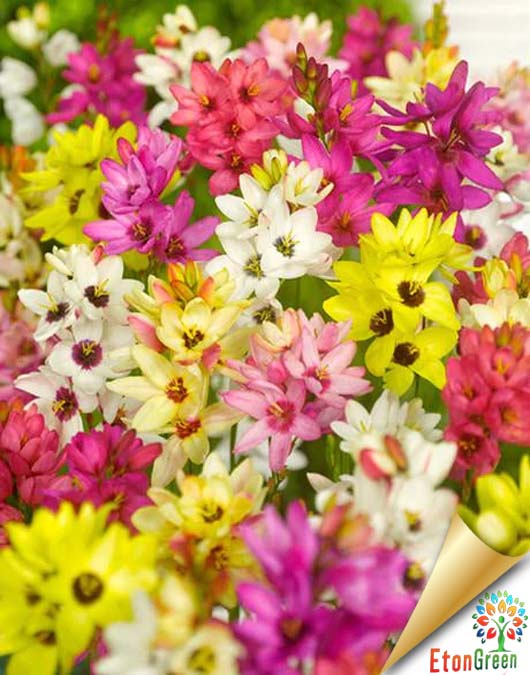

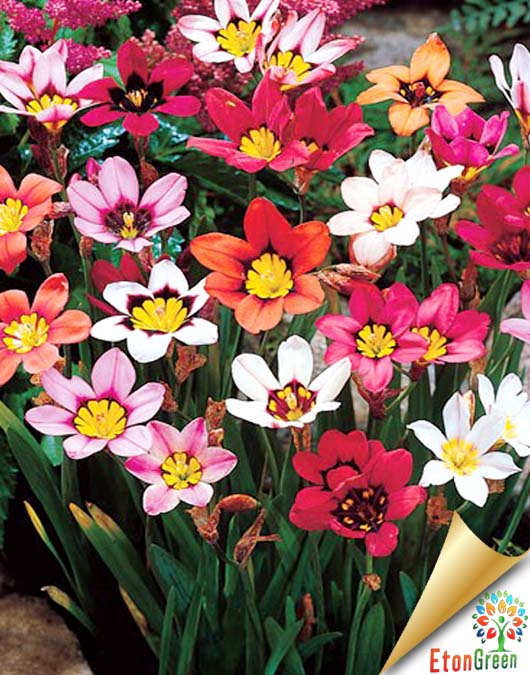



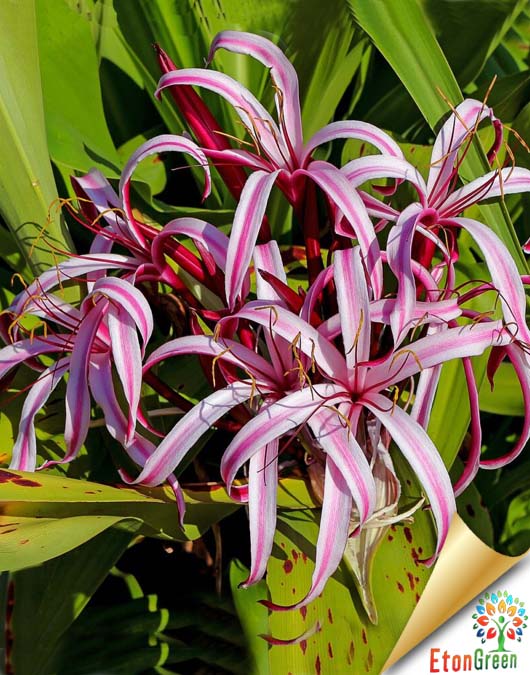
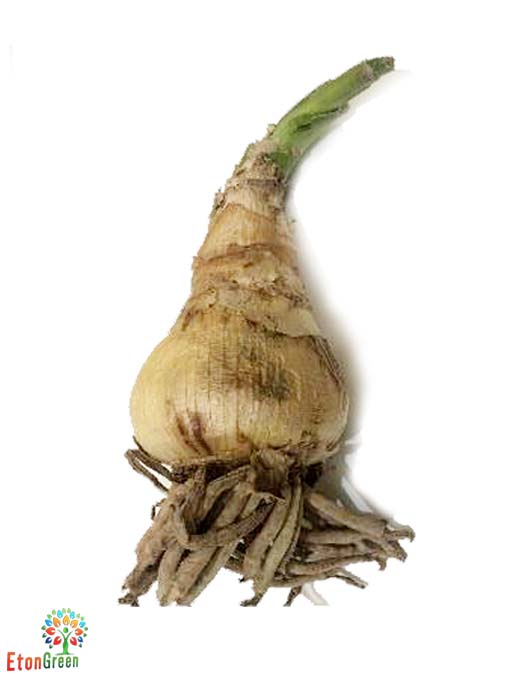
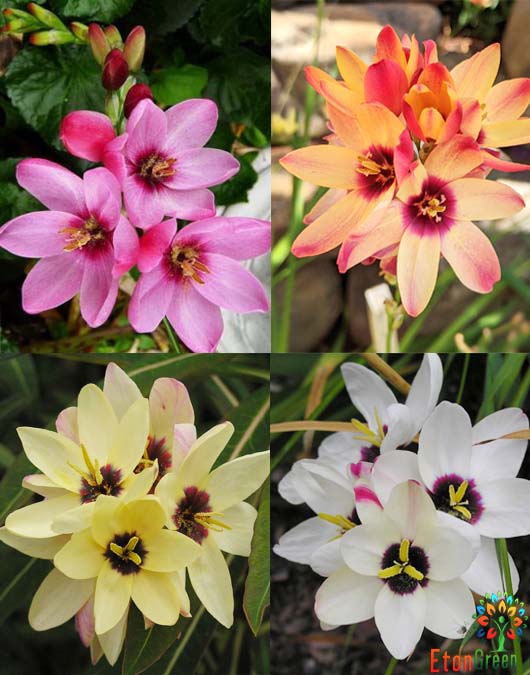
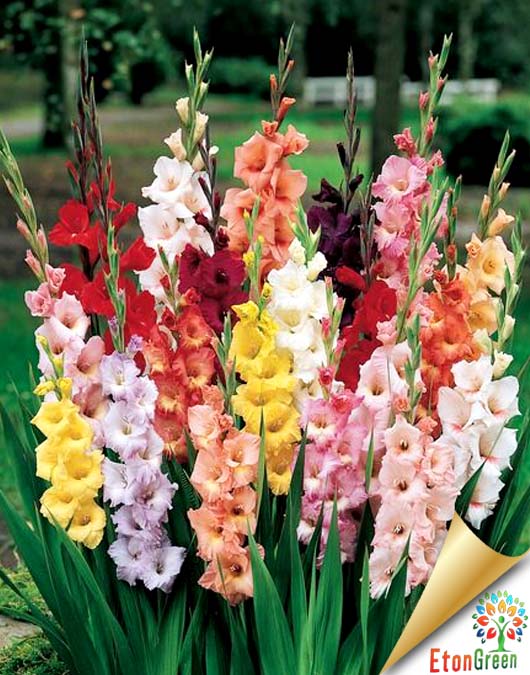
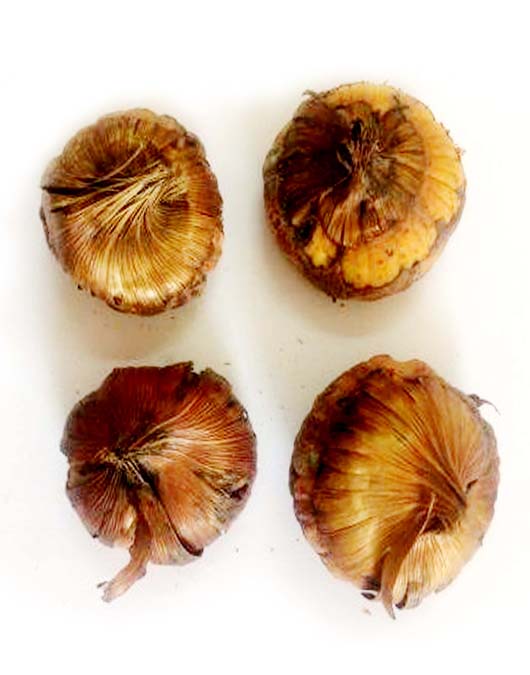
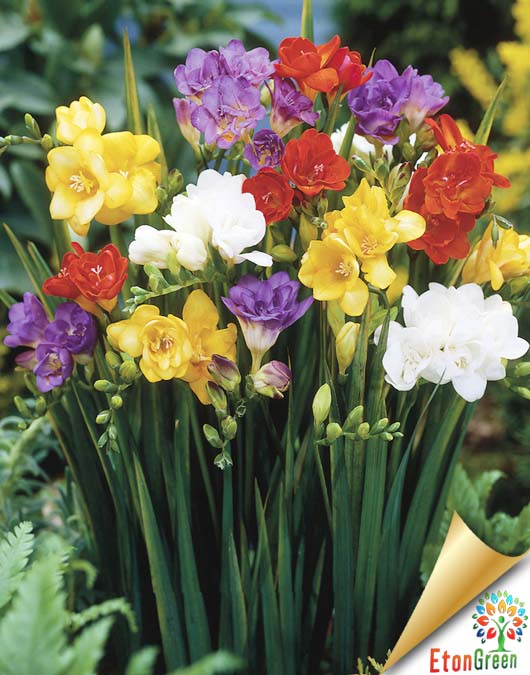
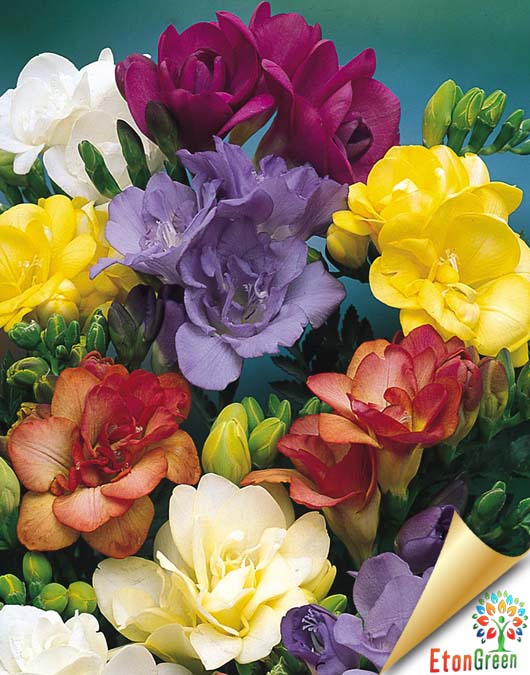
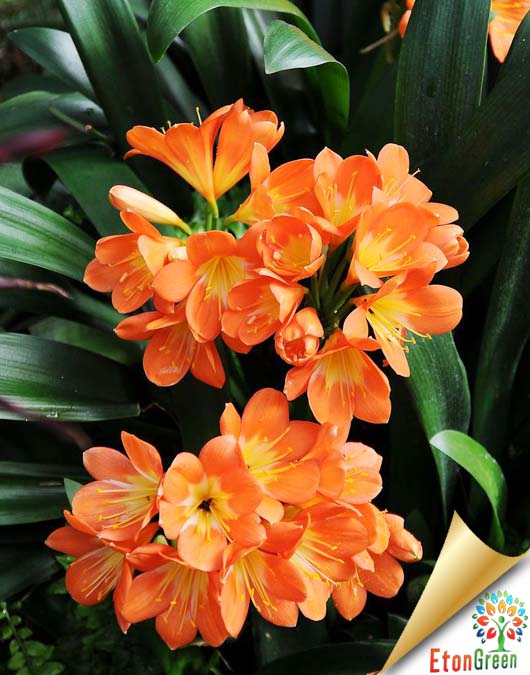
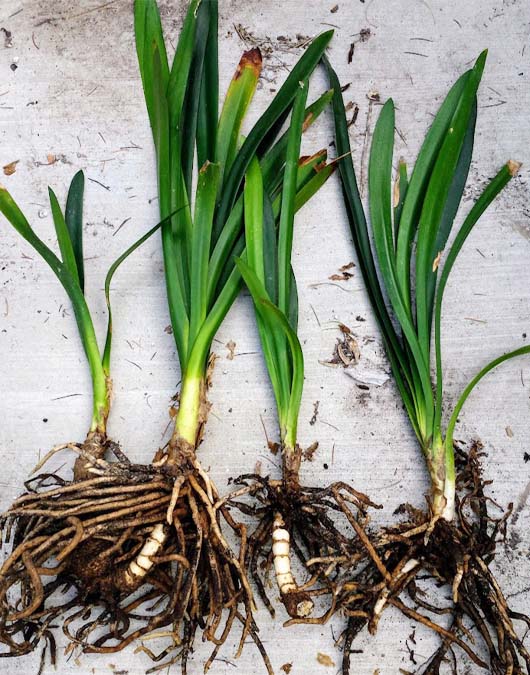
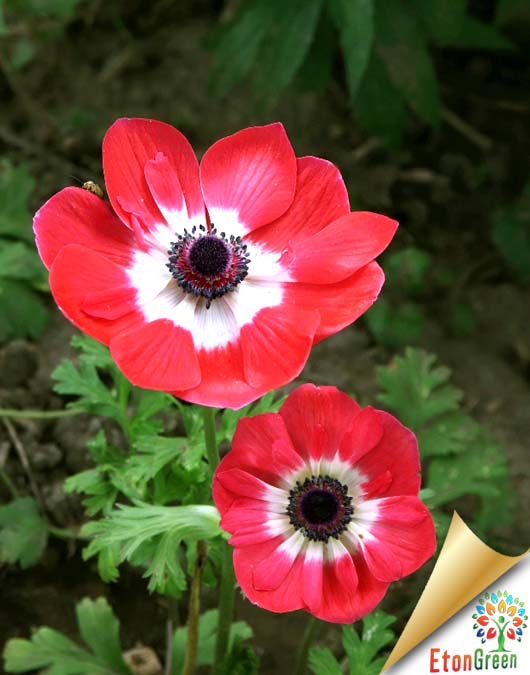
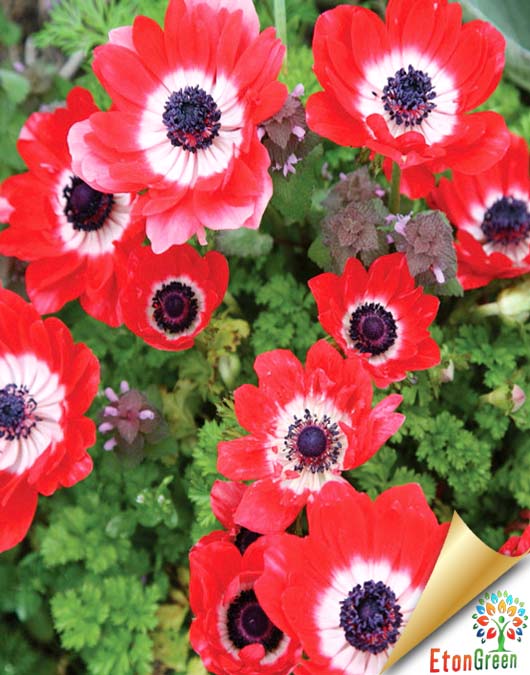
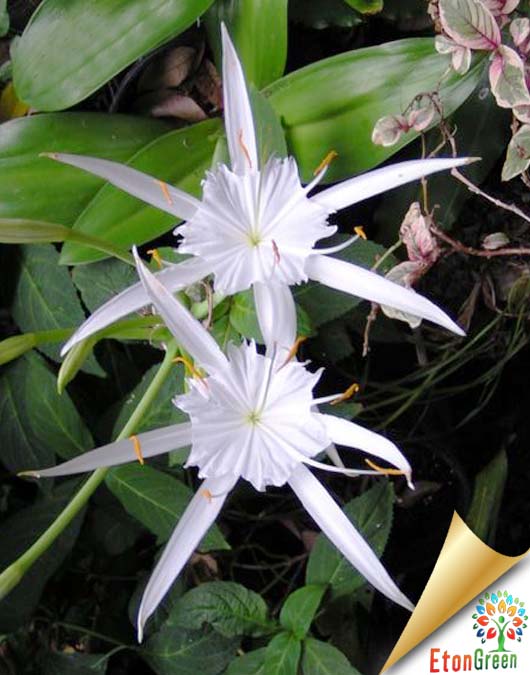
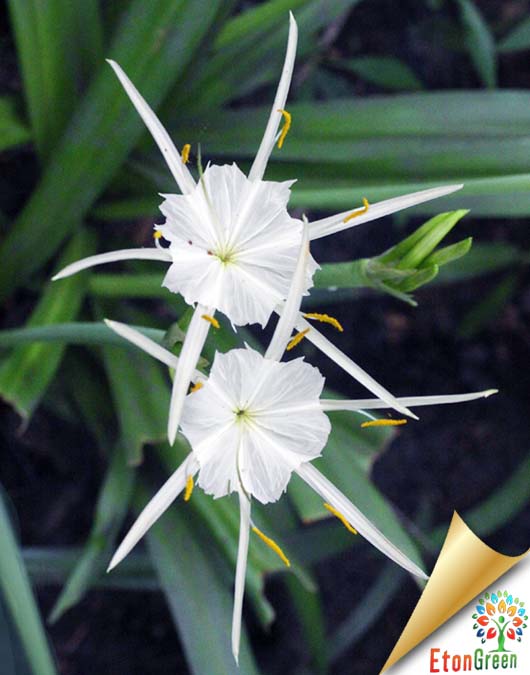
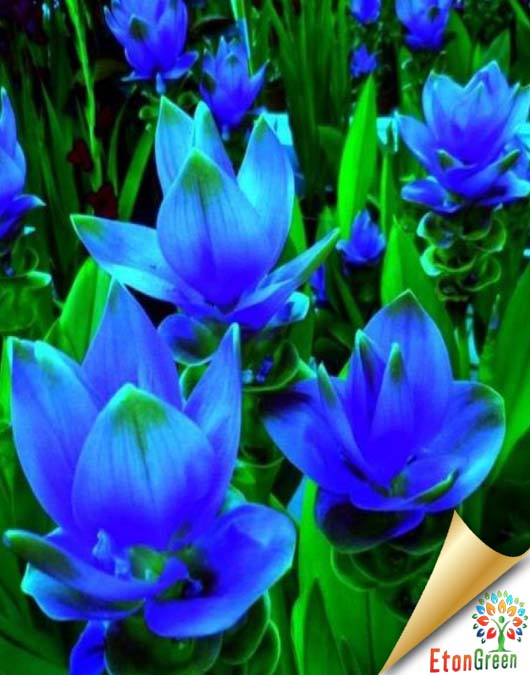
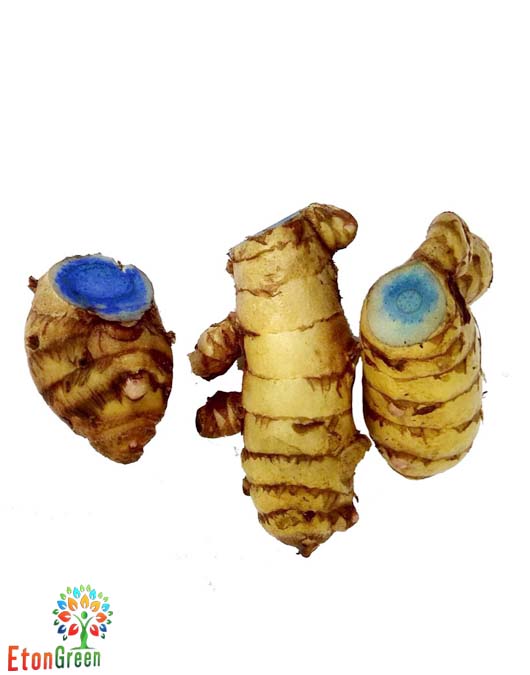
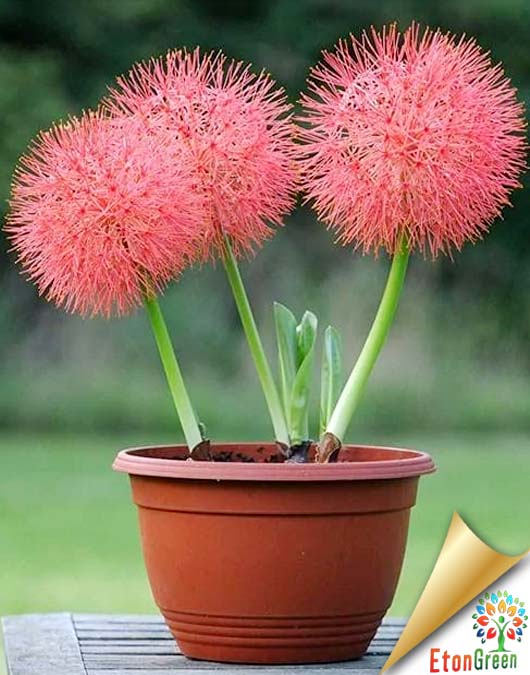
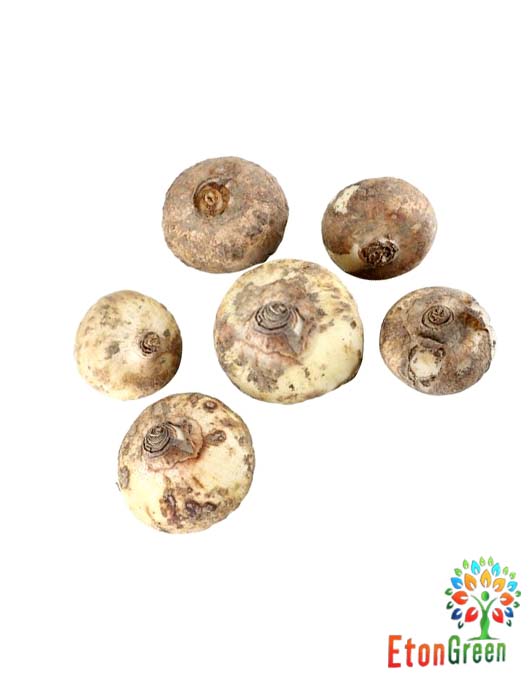
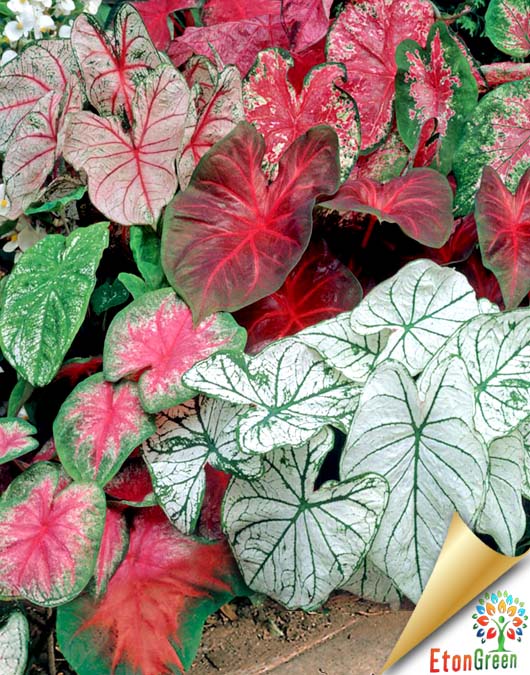
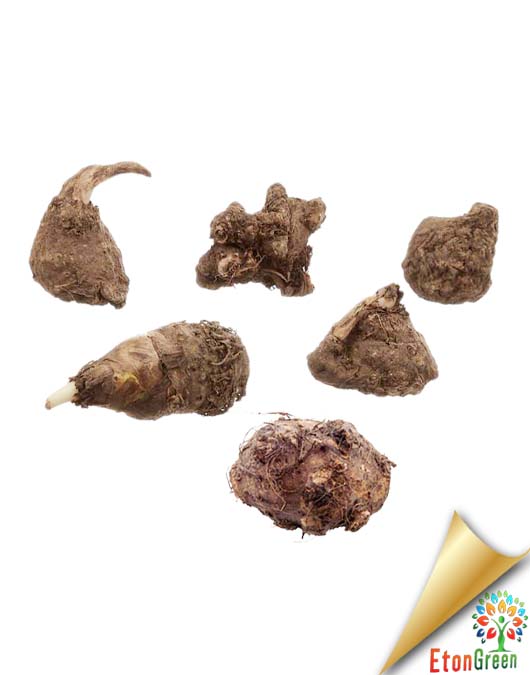
Reviews
There are no reviews yet.